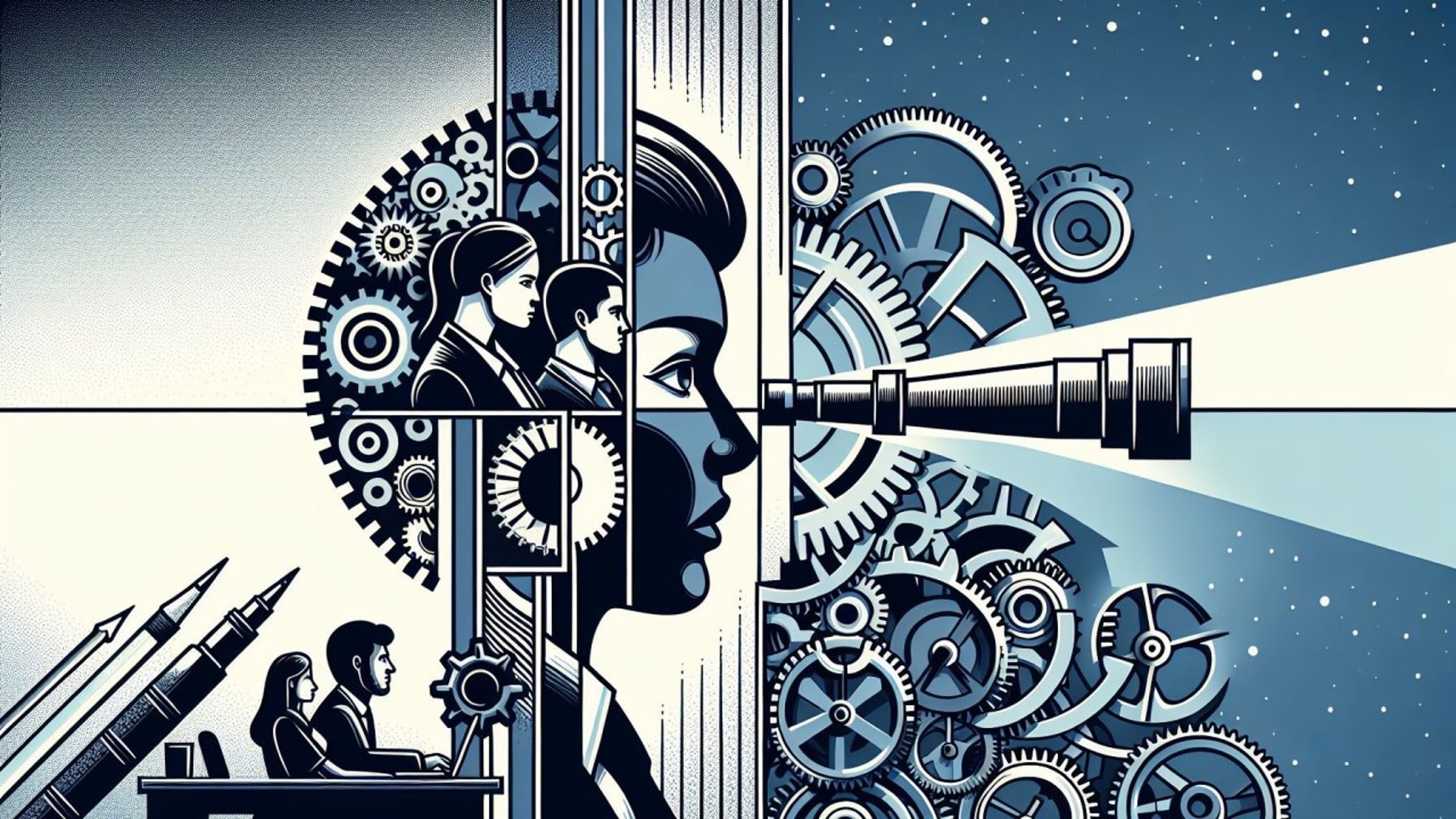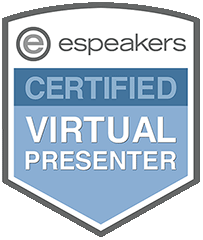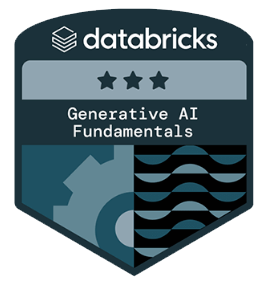
"PERCEPTION defends what is; PERSPECTIVE discovers what could be."


Perception vs. Perspective
Why your best ideas are dying in meetings
Raise your hand if you've ever had a great idea at work that died in a meeting or never gained momentum. Keep it raised if that idea could have changed everything. If you're like most professionals, your hand is still up.
That's the trillion-dollar problem we need to solve.
Here's what's astonishing: Fortune 500 companies spend billions each year on innovation consultants, yet 70% of their breakthrough ideas come from employees who were never asked to contribute. We're sitting on a gold mine while hiring people to dig holes. The culprit? A fundamental misunderstanding of how innovation really works in the human mind.
The Perception Prison
Most people are trapped in their perception—their personal, unique way of interpreting the world around them. Perception is shaped by our experiences, biases, training, and the mental models we've developed over years of "being right."
When you defend your perception in meetings, you're essentially saying: "The world should conform to how I see it." This creates what I call the Perception Prison—a cognitive cage where innovation goes to die.
Think about your last team meeting. How much time was spent trying to convince others that your view was right? How many potential breakthrough ideas were rejected because they didn't align with someone's established perception?
Here's the uncomfortable truth: Your perception is both your greatest asset and your most significant limitation.
Breaking Free: The Power of Perspective
Perspective is what happens when you temporarily set aside your perception and ask, "What if I'm missing something important here?"
As a serial entrepreneur who has launched 12 companies—some wildly successful and others spectacular failures—I've learned that every breakthrough moment didn't come from defending my view but from seeing things through someone else's eyes. Consider the difference:
Perception says: "This is how things are." Perspective asks: "What if this is how things could be?"
Perception defends: "My experience proves this won't work." Perspective explores: "What experience might prove this could work?"
Perception limits: "We've never done it this way before." Perspective liberates: "What if that's exactly why we should try it?"
The Innovation Paradox
Here's where it gets interesting. The very qualities that make someone valuable to an organization—their expertise, experience, and proven track record—can also become the barrier to their next breakthrough.
I call this the Innovation Paradox: The more expert you become in your field, the more your perception can restrict your view.
Why? Because expertise creates mental shortcuts. You see a problem and immediately know the "right" solution based on your experience. But what if your experience is solving yesterday's problems with yesterday's thinking?
Real-world example: Traditional taxi companies had decades of experience in transportation. Their perception was crystal clear: "People need licensed drivers, regulated vehicles, and dispatch systems."
Uber's founders had no prior experience in the transportation industry. Their view was: "What if none of those matters? What if people just want to get from point A to point B reliably?"
The experts were stuck in their view. The outsiders approached from an objective perspective.
The Cognitive Switch
So, how do you break free from the Perception Prison? It starts with understanding that perception and perspective are not opposites—they are different mental tools used for different purposes.
Use perception for: Execution, quality control, risk assessment, and operational efficiency.
Use perspective for: Innovation, problem-solving, strategic thinking, and breakthrough ideas.
The key is knowing when to switch between them. Most organizations are stuck in perception mode 90% of the time, then wonder why innovation feels so hard.



Practical Techniques for Making the Switch
Let me share three techniques I've developed to help teams move fluidly between perception and perspective:
The Assumption Audit
Perception approach: "Based on our experience, customers want X." Perspective approach: "What if our experience is creating blind spots about what customers actually want?"
List your three strongest beliefs about your customers, market, or industry. Now ask: "What if the opposite were true?" Don't argue for or against—explore the implications.
The Fresh Eyes Exercise
Perception approach: "Let's figure out how to solve this problem." Perspective approach: "Let's bring in someone who doesn't even see this as a problem."
Identify someone in your organization who is unfamiliar with your specific challenge. Ask them to describe what they see. Their "ignorance" might reveal insights your expertise is hiding.
The Systems Perspective
Perception approach: "This keeps happening. How do we fix it again?" Perspective approach: "This keeps happening. What if the entire system is designed to create this problem?"
Instead of solving the symptom, question the system. Dollar Shave Club didn't just create cheaper razors—they asked why razor-buying had to be so complicated and expensive.
The Psychology of Ownership
Here's a simple exercise that reveals how perspective changes everything:
Complete these sentences:
"In my role, I am responsible for doing..."
"If I owned this company, I would..."
Notice the difference in thinking between those two statements. The first operates from the perception of your current role. The second operates from the perspective of ownership.
That gap between role-based perception and ownership-based perspective is where breakthrough thinking lives.
According to Gallup
Companies that help employees think like owners (perspective) rather than just role-fillers (perception) are 21% more profitable than their competitors.

Why Most Collaborations Fail
Here's another uncomfortable truth: Most "collaboration" is actually competing perceptions, not combining perspectives.
Think about your typical brainstorming session. Everyone shares their ideas (or perceptions), and then the group either selects the "best" one or tries to combine them. But what if the breakthrough isn't in anyone's individual perception?
True perspective-based collaboration asks: "What do we see collectively that none of us could see individually?"
This requires temporarily releasing your attachment to your ideas and genuinely exploring what others see. It's not about compromising—it's about expanding.
What is the most significant barrier to this type of thinking? Psychological safety. When people feel they must defend their perception to stay credible, they can't risk considering someone else's point of view. Google's Project Aristotle found that psychological safety was the top predictor of team performance, mainly because it enables people to make The Cognitive Switch from defending their perception to exploring new perspectives.
In psychologically safe environments, people ask: "What if I'm wrong?" In psychologically unsafe environments, people declare: "Here's why I'm right."
The quality of innovation in your organization is directly proportional to how safe people feel in temporarily abandoning their current perception.

Your Action Plan
This Week: Practice the Assumption Audit. Pick one strong belief about your work and ask: "What if the opposite were true?"
This Month: Try the Fresh Eyes Exercise. Invite someone from outside your department to participate in your next problem-solving session.
This Quarter: Implement one "perspective round" in your regular meetings where everyone shares what they might be missing, not what they're sure about.
The Choice Is Yours
Innovation doesn't require new tools, bigger budgets, or different people. It requires a new relationship with your own certainty. The future won't be shaped by those who defend their perceptions most fiercely. It will be shaped by those who expand their perspectives most boldly.
Your organization's next breakthrough isn't waiting for better data or more resources. It's waiting for someone—maybe you—to finally ask: "What if everything I'm certain about is exactly what's limiting us?" The question isn't whether you have good ideas. The question is whether you're trapped by the perception that's preventing you from seeing them.
Ready to escape the Perception Prison? Start by questioning one assumption you've never asked before. Your breakthrough perspective might be hiding in plain sight.
If you’d like support in applying these concepts to your team or organization, please do not hesitate to contact me directly.
Client Feedback
Hear what our clients say about our leadership and transformation talks.
Merakee's insights on leadership transformed our team's approach to digital challenges.
John Smith
New York
I genuinely believe the what-if framework could help companies innovate. Aris walked the team through each step and spent time evaluating scenarios to help my team better understand how to apply this framework.
Mohamed S.
Qatar






